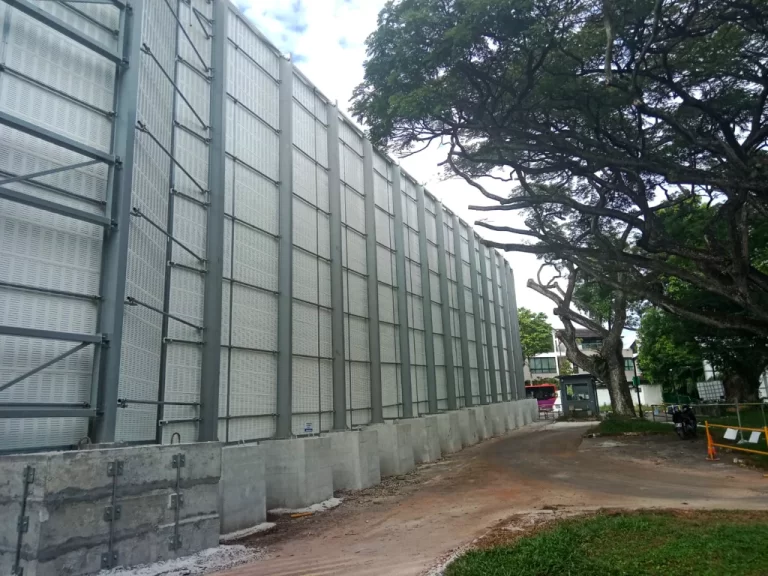
Your website might look lovely. Glossy buttons. Fancy fonts. A contact page with a map that doesn’t quite work but looks important.
But the big question is this:
Can Google see it?
Not “look at it and admire your colour scheme.” Not “browse through your photos like a nosy neighbour.”
I mean see it. As in, know what it’s for. Understand what each page is about. Know where to file you in its giant, messy cupboard of the internet.
Because if Google can’t do that, your website may as well be printed on invisible paper.
How Google Looks at Your Website (It’s Not What You Think)
Google doesn’t see like you do.
It doesn’t admire the pictures. It doesn’t notice if your logo looks like a swoosh or a pigeon. It doesn’t care if you spent hours trying to make the menu open just right on mobile.
Google reads.
It looks at:
- Your text
- Your titles
- Your headings
- Your links
- Your code
Then it tries to guess what you’re on about. Sometimes it gets it right. Often it doesn’t. Especially if your site is a collection of vague headlines like “Home,” “About,” and “Solutions.”
(Side note: No one knows what ‘solutions’ means. Not even Google. It’s a word that belongs on mystery meat packaging and management slides, not on a website trying to rank.)
The Bits Google Cares About (And the Bits It Ignores)
Let’s make this easy. If Google was a person, it would be an overworked librarian with a grudge. It wants to file your site neatly. You’re not helping.
Here’s what it looks for:
- Page titles
That’s the title that shows up in the browser tab. It should say what the page is. “Contact Us” is fine. “Welcome to Our World of Wonder” is not. - Headings (H1, H2 etc.)
These help Google figure out what your content is really about. One H1 per page, please. Don’t make every sentence a heading. That’s not structure – that’s chaos. - Alt text on images
Google can’t see your photo of a smiling customer holding a paintbrush. But if you tell it “Customer after kitchen decorating service,” now it knows. - Internal links
Help Google understand your site by linking your pages together. If you have a blog post about how to grow tomatoes, link to it from the page that sells tomato seeds. - Mobile version
Google mostly uses the mobile view to rank sites. If your site turns into a badly-stretched omelette on a phone, you’ve got problems. - Site speed
If your site loads like it’s waiting for a dial-up connection from 1997, Google notices. And it sulks.
What Makes a Site Invisible?
A few things can cause your site to vanish in the eyes of Google. None of them are magical. All of them are common.
- No sitemap – That’s the list of your pages Google looks at. Without one, it might not find half your site.
- Pages blocked by robots.txt – This is a file that tells Google what not to look at. And sometimes, by accident or bad advice, it tells Google “ignore everything.”
- No proper keywords – If you’re a dog groomer but your homepage just says “Welcome to the site,” Google has no clue what you do.
- Duplicate content – If your pages all say more or less the same thing, Google gets bored and wanders off.
- Broken links – Google finds a broken link, shrugs, and carries on. But if there are lots of them, it starts to think your site’s falling apart.
What You Can Do About It
You don’t need magic. Just a bit of sense and a checklist.
- Write clear titles – “SEO in London” is better than “Home.”
- Use proper headings – Make sure every page has a H1. Keep them simple.
- Add real text – Not just pretty pictures. Tell Google what each page is about.
- Link pages together – Google loves a trail it can follow.
- Fix your mobile version – Try opening your site on your phone. If it’s unreadable, call a SEO marketer like this freelancer who can fix it.
- Check for errors – Use Google Search Console. It’s free. It’ll tell you what’s broken.
And Remember: Google Is Not Psychic
If you don’t say what your business does, Google won’t guess. It will shrug, mumble something about “not enough information,” and move on to the next site. Probably your competitor’s.
So spell it out.
Tell it you sell blinds in Basingstoke. Or you offer catering in Cornwall. Or you fix boilers in Barnsley.
Not “solutions.” Not “cutting-edge innovation.”
Just plain English.





